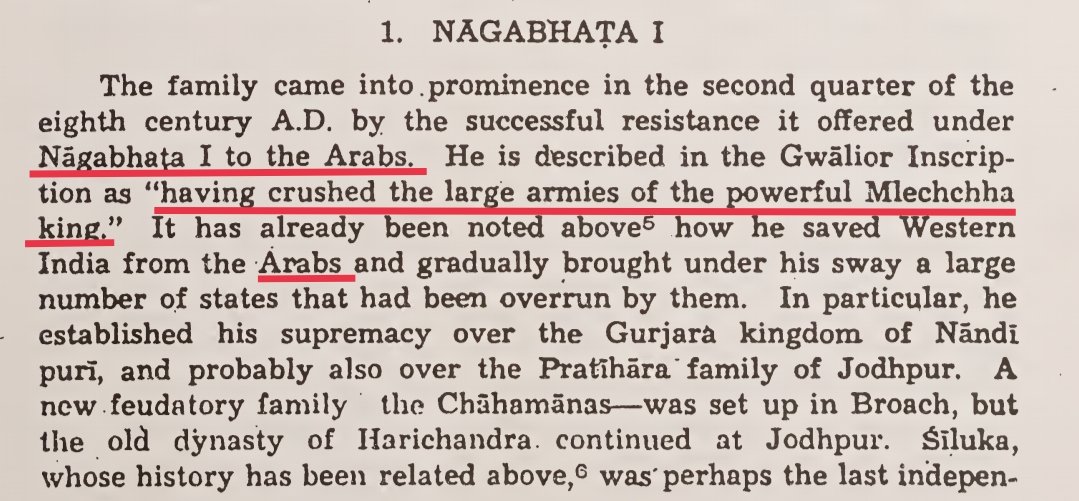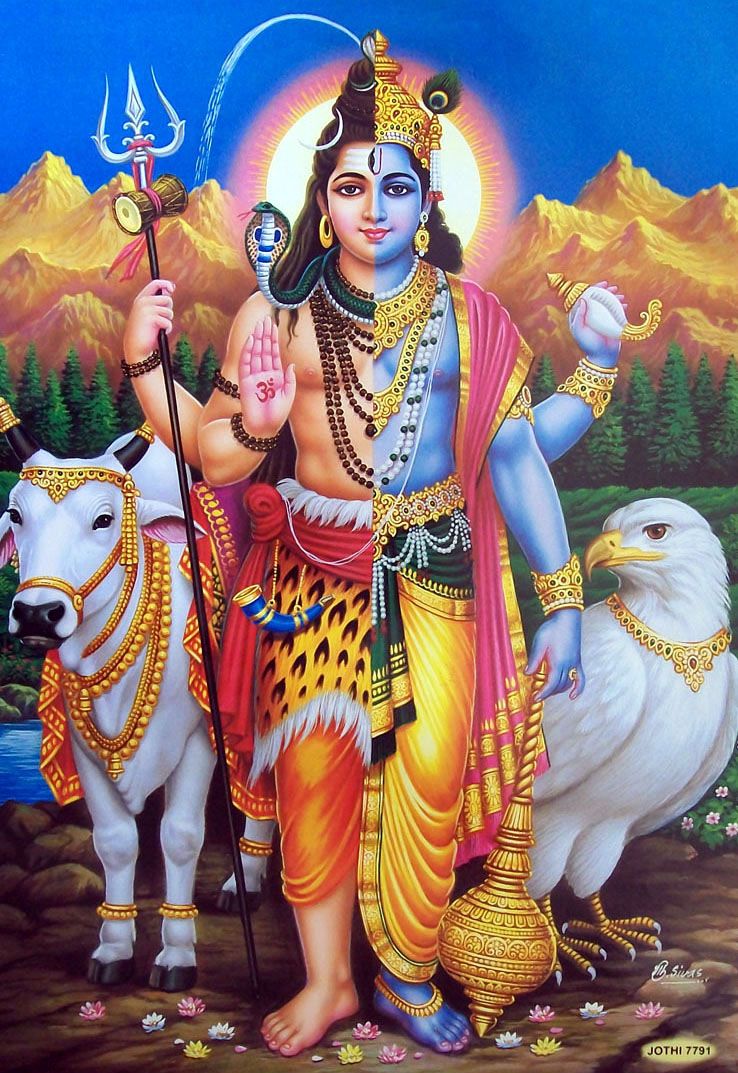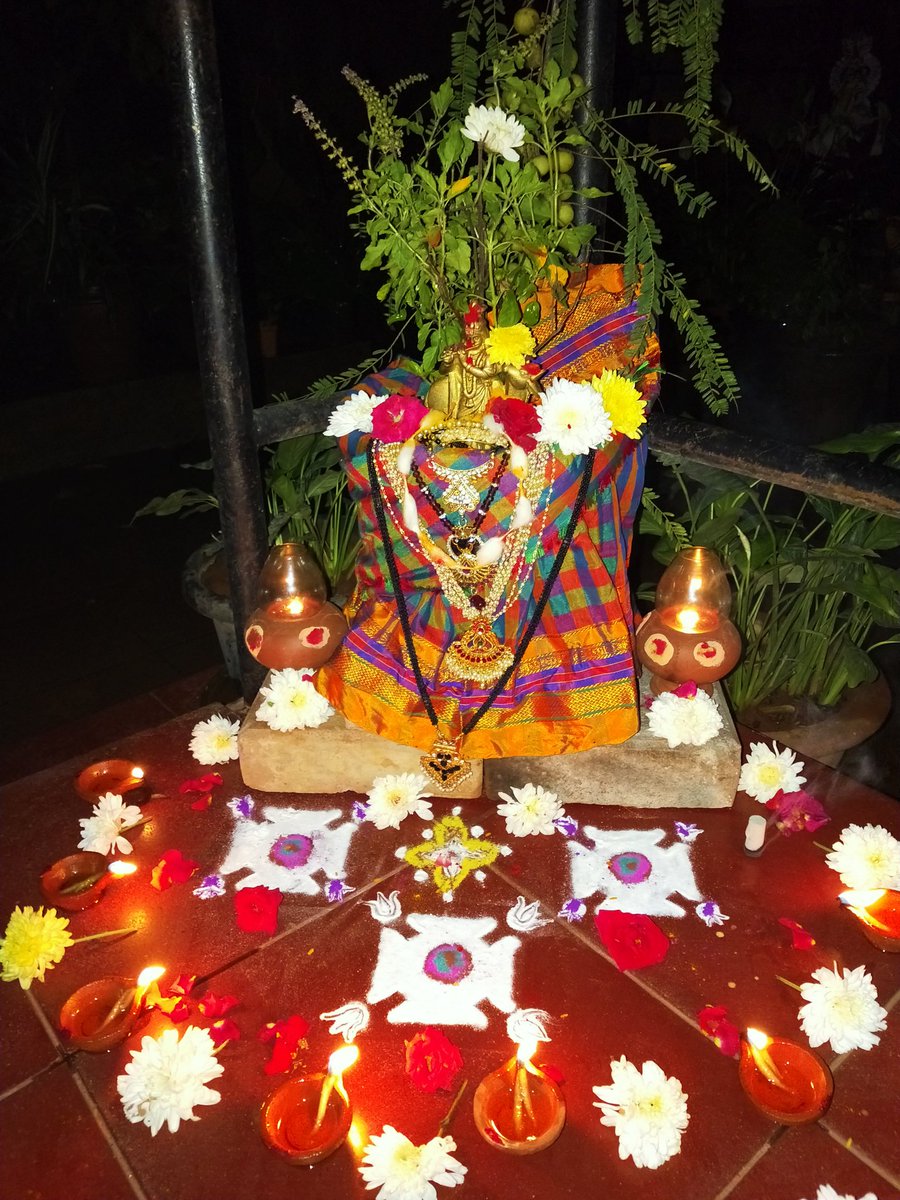
Description of an average residential dwelling during the Mauryan times. (2300 yrs ago)
The principles & the rules governing Hindu architecture (Manasara) is as vast as an ocean. It is a pity we have moved away from traditional methods of construction of residential building.
The principles & the rules governing Hindu architecture (Manasara) is as vast as an ocean. It is a pity we have moved away from traditional methods of construction of residential building.

Delegitimizing Vaastu shastra as some "pseudo-science" (just like Ayurveda) was the 1st step towards moving away from traditional construction techniques.
We had a highly evolved system of standardized measurement (Manopakarana vidhana). Shame it is not taught in schools /uni.
We had a highly evolved system of standardized measurement (Manopakarana vidhana). Shame it is not taught in schools /uni.
It is this system of measurement which went from the smallest measurable unit (Paramanu) literally meaning atom to Angulas( finger's breadth) to bigger units like hastas dandas & beyond that were used to sculpt small intricate murthis to some of the biggest Temples.
We know of the SI unit of measurement, but not our own science of Metrology which for its time & even till date remains one of the most accurate systems of measurement.
The SI evolved, the Manopakarana stagnated because we stopped using it. Worst we stopped from learning it too.
The SI evolved, the Manopakarana stagnated because we stopped using it. Worst we stopped from learning it too.

The literature here is too vast. A few tweets cannot do it any justice. I'll do a blog series on this topic soon. Meanwhile i'll keep tweeting interesting snippets on this subject often. Lets make some of the terminologies a thing of parlance on Hindu twitter.
• • •
Missing some Tweet in this thread? You can try to
force a refresh


















